Collecting Sound Prints
When considering Japan’s firsthand experience of losing numerous warships and merchant ships in WW2, it is no surprise that the post-war Japanese Navy (JMSDF) prioritized on becoming the “submarine hunter.”
Detecting underwater submarines is surely one thing, but identifying their nationality and specific type is another task.
Interestingly, each submarine emits a distinct sound from their propellers, which can be used to identify individual vessels. Just like human fingerprints, even the same class of vessels will have slightly different sound prints, making it possible to distinguish a certain ship from others.
Therefore, it is crucial to obtain these unique acoustic signatures, also known as sound prints, and share the information among friendlies beforehand. Of course, any navy would wish to keep their own sound prints in secrecy, but such concealment is practically impossible unless the submarines remain in port.
Long-Range Detection
To assist and assure the collection of these sound prints, one type of vessel called an ocean surveillance ship is regarded as a vital asset within the JMSDF.
This special ship is installed with a highly-capable sonar system designed for long range detection, and can analyze the enormous underwater data gathered from such equipment.
- General Overview
| Displacement | 2,850tons (standard) |
| Length | 67m (220ft) |
| Beam | 30m (98.4ft) |
| Crew | 40 members |
| Speed | 11knots (20.4km/h, 12.7mph) |
| Equipment | AN/UQQ-2 Sonar System |
| Unit Price | 200 million USD |
JMSDF currently operates three ocean surveillance ships known as the “Hibiki-class” with the first one built back in the 1980s to detect the menacing Soviet submarines.
While these ships are not armed, their towed sonar systems has a maximum detection range of several hundred kilometers and can be lowered up to a depth of 460m/1,500ft.
A single ship can pick up nearly every sound in the surrounding waters, but since the acoustic information is filled with other noises, such as water currents, whales, and fish, it must be purified and analyzed by the special devices on board.
Consequently, the Hikibi-class ocean surveillance ships not only stand out in their detection capacity, but also in their information processing and analyzing capabilities.
After narrowing down a specific submarine using the obtained sound prints, the information is then added to the JMSDF’s database which is full of invaluable intelligence that has been accumulated over the years.
With the underwater environment changing and new foreign submarines appearing on a frequent basis, updating the databank is necessary to maintain an upper hand.
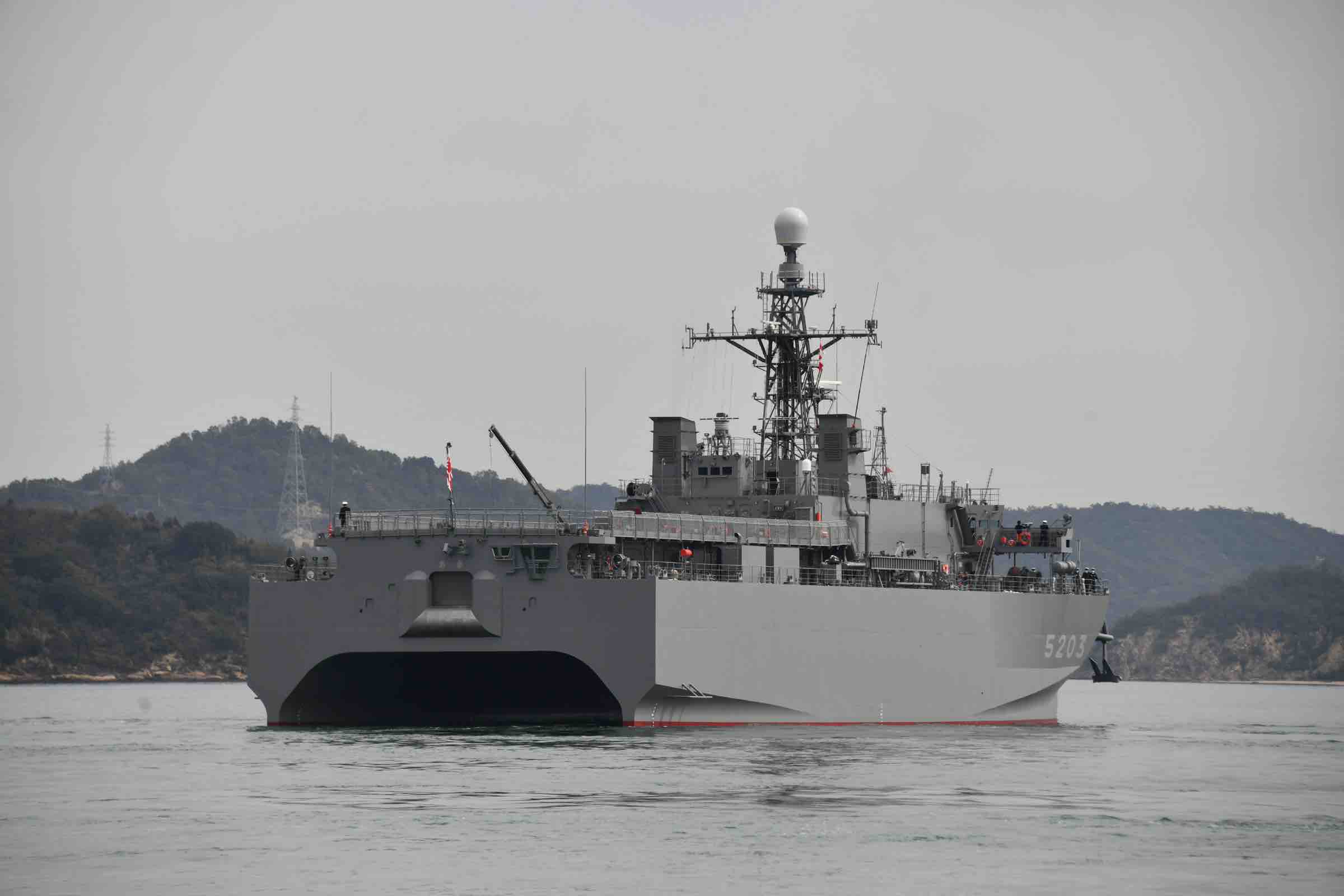 Rearview of the Hibiki-class (photo: JMSDF)
Rearview of the Hibiki-class (photo: JMSDF)
As the importance of the Hibiki-class increases due to the Chinese naval expansion, the JMSDF is now constructing its fourth ocean surveillance ship.
This fleet is quite impressive if we take into account that the much larger US Navy operates a total of five such ships, and it shows just how much the JMSDF puts emphasis on anti-submarine warfare.
Although Japan cannot compete with China in a full on naval race, it does intend to keep its underwater advantage by using the Hibiki-class in particular.

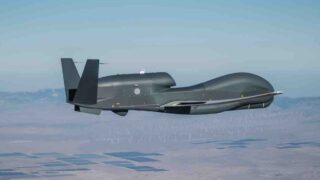
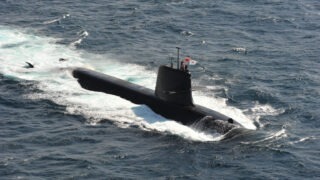
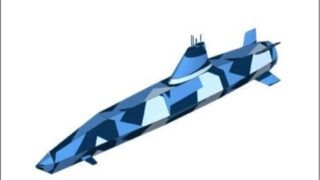
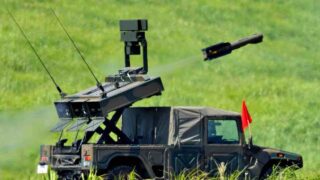
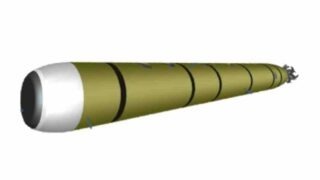
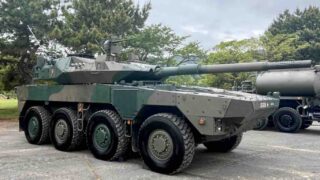

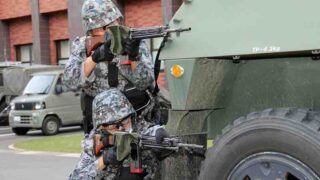
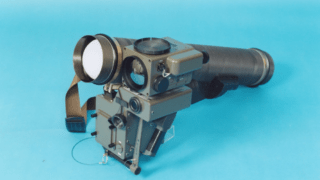
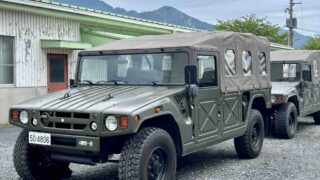
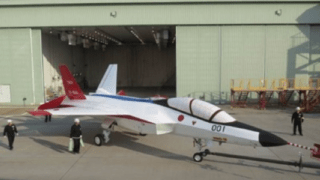
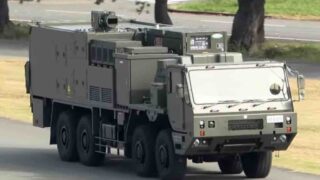
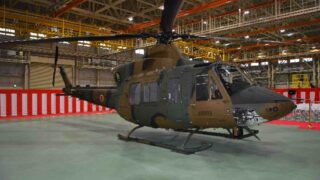

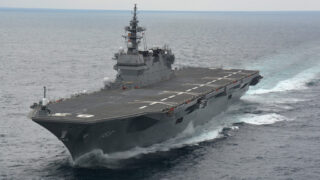
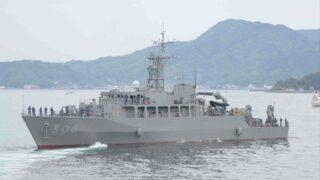

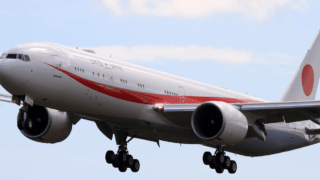
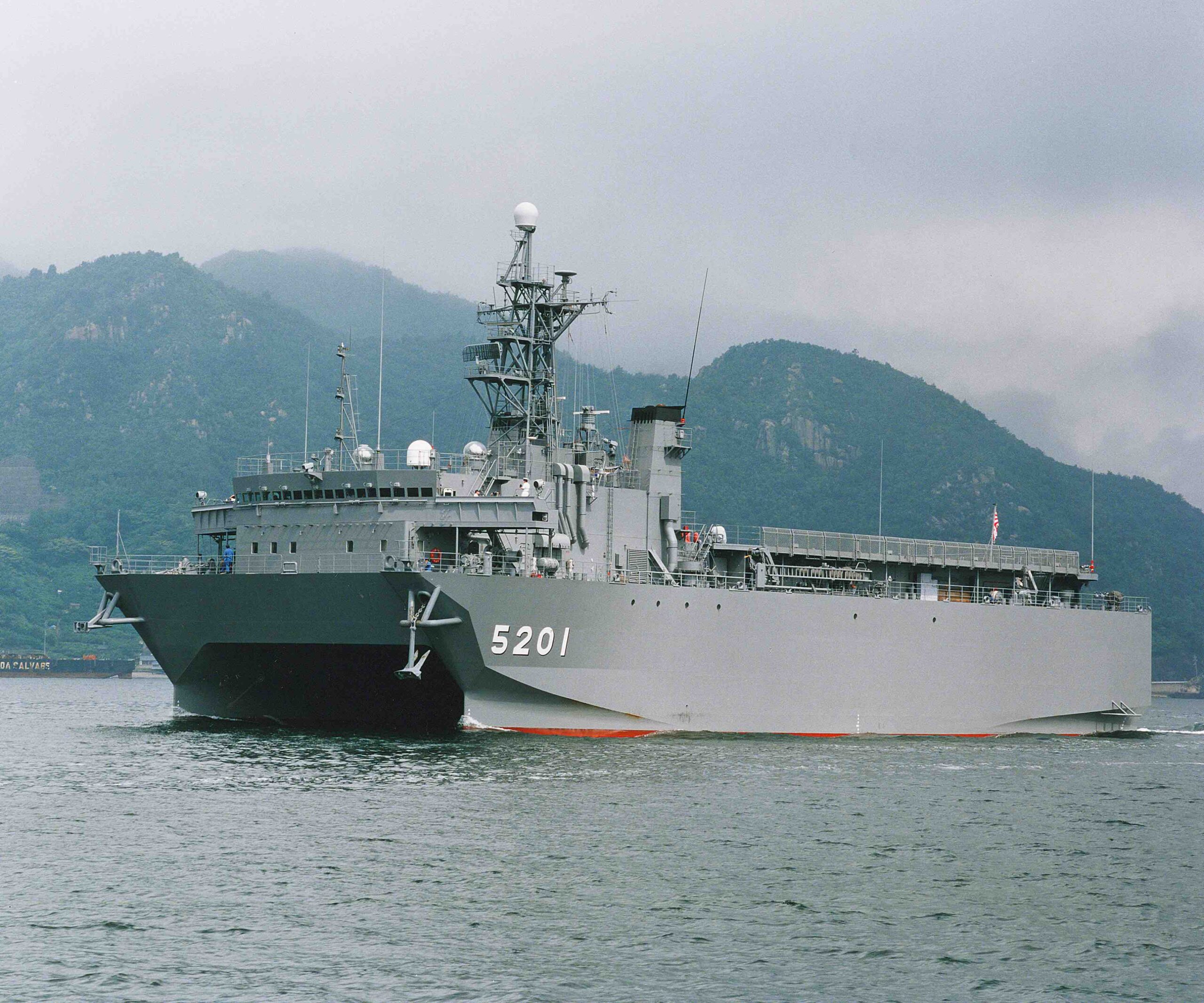
Comments